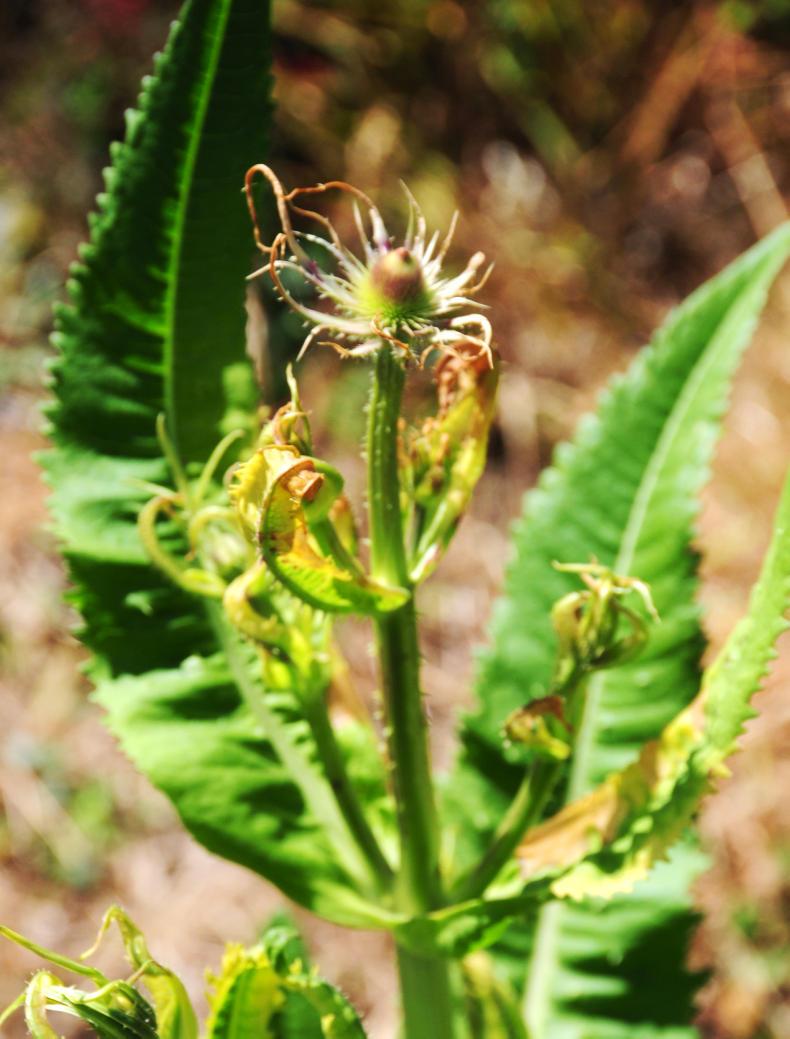The main orchids grown as house plants are the moth orchids, cymbidium orchids and the cane orchids, or dendrobium, and there are others. All kinds have large, colourful flowers that are very long-lasting for weeks, even months, and the moth orchid may be in flower practically year-round, producing a succession of flower stems.
It is easy to see why these plants have become so popular, and they have also heightened the level of public interest in wild orchids and hardy kinds that can be grown in the garden. In general, the orchids that are native, or that grow outdoors, are different in structure, shape and size, but there is no mistaking the family resemblance.
The basic shape of an orchid is to have three sepals that form the outside of the flower when in bud, with two side petals, one on either side of the labellum, a petal modified by evolution to form a characteristic landing-pad for pollinators.
Different species, in their thousands, have adapted this basic shape to their own ends, according to which pollinator they favour. The couple of dozen wild species that grow in this country are mostly of small size, with small flowers in greater numbers, and generally carried on an upright flower spike. Many are pink or purple and some green or white.
The flowers of most are tiny by comparison with tropical orchids. Some individual flowers are less than 1cm across. Given harsher weather at this latitude, small flower size is a good strategy, but the flowers are usually carried in scores, while most tropical orchids carry fewer flowers.
It is becoming increasingly common to see wild orchids on roadside banks and in lawn areas arising from seed in the soil. People often mow or strim around them when they notice the flowers. The different species flower from spring to late summer, starting with the early purple orchid and finishing with the common spotted orchid in August.
Of the two dozen or so native kinds, some are rare and some common. Some do best on limy soil, some on acid, some like dry soil and some like marshy ground. They vary in height too, even within the same species, as the soil influences growth. The species dactylorhiza is the most common and most varied. The name is derived from the word finger and root, and the species has finger-like tubers.
Some native forms of dactylorhiza are grown in gardens, such as the heath spotted orchid and the robust marsh orchid. These can reach 50cm tall when well grown, though often half that. If these orchids are grown, make sure that the plants are from nursery-raised stock and not lifted in the environment.
From Madeira, Dactylorhiza foliosa is highly regarded, sending up spires of bright pink-purple flowers over spotted leaves. The flower spike, at a glance, looks like a miniature lupin spire, or the border lobelia that flowers later into summer. The one shown is a hybrid of this species, which readily hybridizes to give varied forms.
These are terrestrial orchids, native to meadows and scrub, and growing in soil. The soil should be moist but free-draining and well-supplied with leaf-mould or other decomposed organic material to provide humus.
The hardy orchid, bletilla, is another good garden orchid and can be grown in pots too, in a greenhouse. Amazingly robust, it has much larger flowers, in single figures, than the dactylorhiza.
Pleiones are large-flowered, not hardy, but good for greenhouse growing. Lady’s slipper orchids, or cypripedium, gets its name from the enlarged labellum it sports to attract pollinators. It has large flowers too and it is often grown in a rock garden.
Orchids, both indoor and garden types, are very beautiful and engrossing flowers. CL






 This is a subscriber-only article
This is a subscriber-only article






SHARING OPTIONS: